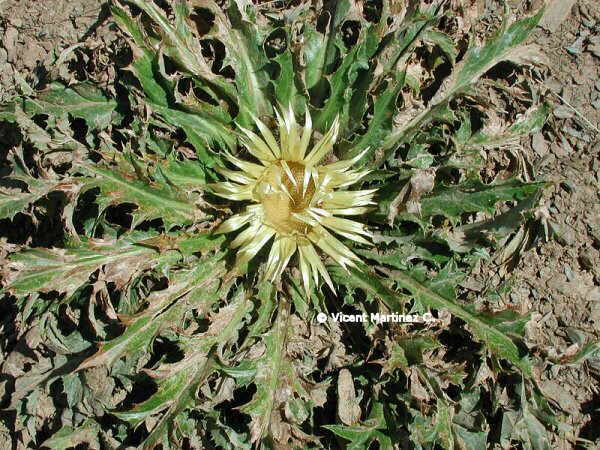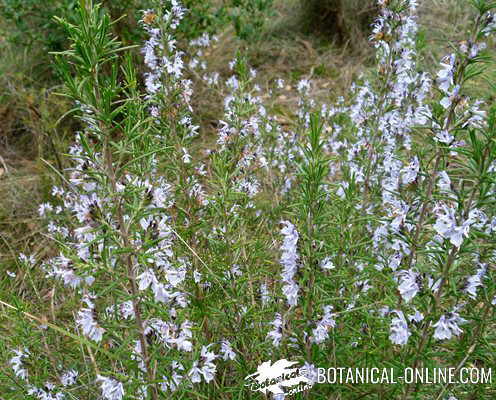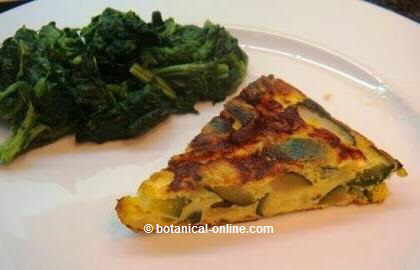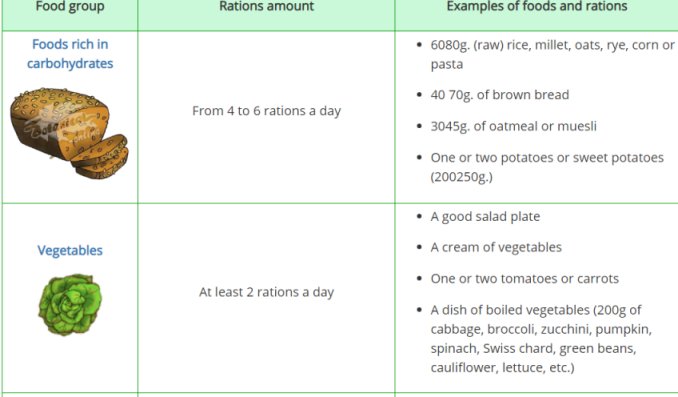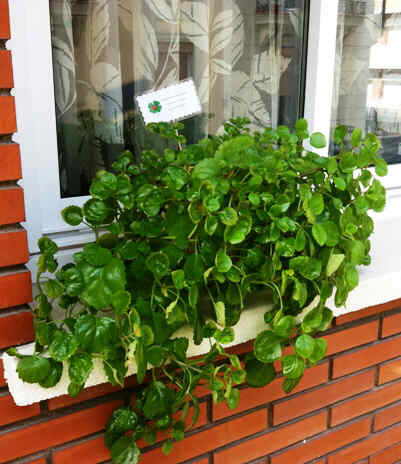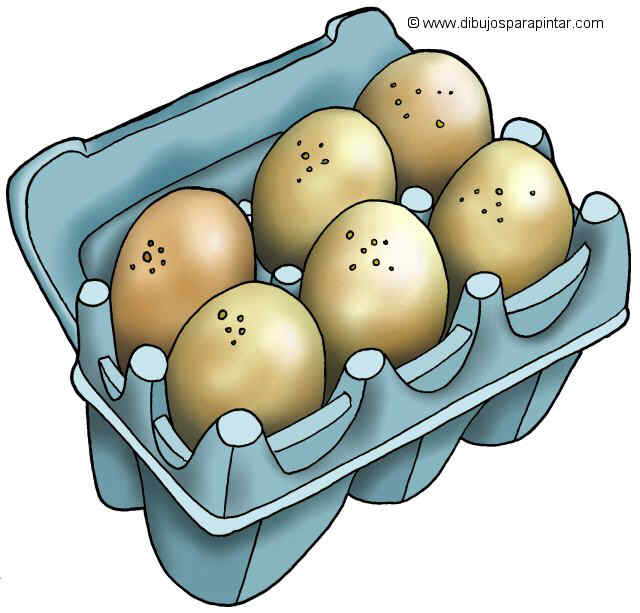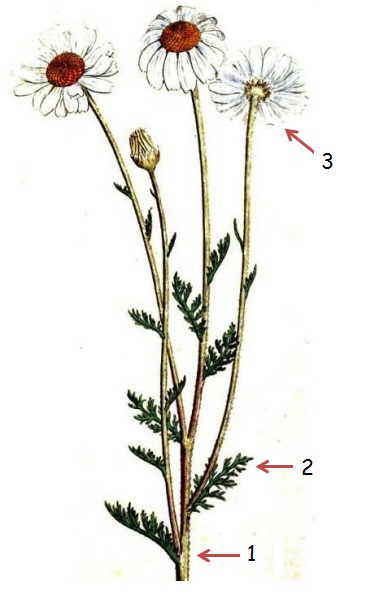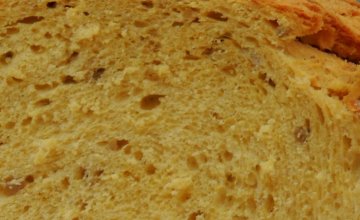Contents
- 1 Natural “pills” for youth that provide food
- 1.1 What are phytochemicals?
- 1.2 What does phytochemical mean?
- 1.3 Why do plants produce phytochemicals?
- 1.4 What properties do phytochemicals have?
- 1.5 Properties of the main phytochemicals
- 1.6 Where are phytochemicals?
- 1.7 Where are the phytochemicals found?
- 1.8 Phytochemical content of plants
- 1.9 Phytonutrients, the “nutrients” that plants provide us
- 1.10 Differences between nutrients and phytochemicals
Natural “pills” for youth that provide food
What are phytochemicals?
Phytochemicals are substances that plants produce. Their names will surely sound familiar to you: caffeine, beta-carotene, essential oils, tannins, isoflavones, resveratrol, piperine, theobromine, … These substances are considered authentic natural pills for youth.
What does phytochemical mean?
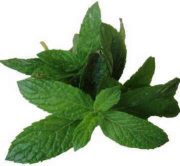
The word phytochemical is made up of the Greek prefix phytos, which in Greek means “plant” and the word chemicals, that is to say, textually, it would mean something like “substances or chemicals produced by plants”.
Within what we could call phytochemicals there is an immense group of substances, since their meaning is very broad. Plants contain an infinity of chemical products, some of them still to be identified, and others already classified, but they are very different from each other.
Why do plants produce phytochemicals?
Specifically, phytochemicals are chemical compounds developed by plants whose importance for their survival is fundamental. Phytonutrients have been produced by vegetables to be used for their own benefit.
The main function of these compounds is thought to be competition between species, that is, to protect the plant from the world around it, such as predatory animals, pests, to survive times of drought, etc. For example, when chewing raw cabbage, it produces stinging components (glucosinolates), which serve as a natural defense against being eaten by caterpillars. The richness of chemical substances in plants is so diverse that, in other cases, it is not known exactly what role some substances play in plants, that is, they have an as yet unknown function in plants.
These phytochemicals, when people ingest them, act as authentic “natural remedies” in our human body.
What properties do phytochemicals have?
Many times, these phytochemicals are the so-called medicinal principles or active principles of medicinal plants, which are used in Phytotherapy or herbal medicine for antibiotic purposes (such as rosemary), to lower cholesterol (such as garlic allicin), etc.
Other times these phytochemicals are toxic, like nicotine, morphine, or mescaline.
The only way to know the properties of phytochemicals is to study each specific plant, since there is a great diversity of phytochemical compounds among the almost infinite variety of plants.
Properties of the main phytochemicals
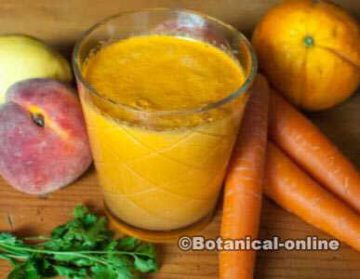
Eating foods that contain phytochemicals, that is, the ingestion of vegetables, protect us from many diseases, among which we could mention, for example, certain types of cancer, degenerative diseases such as Alzheimer’s, heart diseases, etc. They even serve to help fight contagious diseases or prevent them by improving the preservation of foods with spices.
Many of these products act as “natural elixirs of youth” so they help to keep us young for longer by preventing the degradation of our cells. Actually, the correct expression would be that they slow down premature aging due to the action of free radicals.
For example, eating numerous dark green leafy fruits and vegetables, such as spinach, has been shown to prevent lung and colon cancer from developing.
Ingestion of plants from the cabbage family (cruciferous) including cabbage itself, Brussels sprouts, broccoli, etc., has been shown to help prevent colon cancer and breast cancer.
It is known that people who eat a lot of foods rich in flavonoids are up to 30% less likely to suffer from some type of cancer (combined with not drinking alcohol, avoiding smoking and stress, this percentage increases considerably).
It has been proven that flavonoids neutralize the negative influence of free radicals so, in addition to preventing the appearance of numerous cancers, the ingestion of flavonoids and other phytochemicals has a very positive effect against diseases of the circulatory system.
Where are phytochemicals?
In fact, all parts of a plant can contain these elements but it is in fruits, vegetables, legumes, cereals and certain medicinal plants where you can find the highest levels of these components.
A diet rich in natural food is the most recommended for maintaining good health. Since many vegetables have components of this type, the advice is a very varied diet that provides the widest range of phytochemicals.
Where are the phytochemicals found?
In reality, all parts of a vegetable can contain these elements but it is in fruits, vegetables, legumes, cereals or certain medicinal plants where the highest levels of these components can be found.
A diet rich in natural plant foods is the most recommended for maintaining good health. Since there are many vegetables that have components of this type, the most advisable is a very varied diet with local vegetables and fruits, which provides the widest possible range of phytochemicals on a daily basis.
Phytochemical content of plants
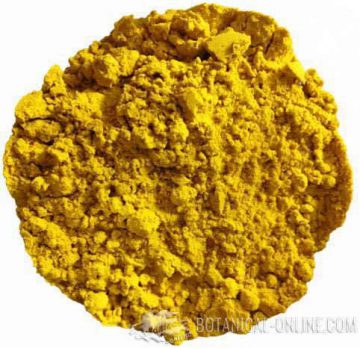
The plant produces phytochemicals to defend itself and survive, therefore, the phytochemical content of a plant is related to its growing conditions (irrigation, altitude, sun, presence of other plants or animals in the crop, etc.).
This is the reason why aromatic gardening plants have less scents than wild aromatic herbs, wild plants have more essential oils than those grown in a pot.
It could also explain why tropical plants, in constant struggle within the abundance of plants in the jungle, have such powerful active principles, such as ginger, turmeric or pepper.
Phytonutrients, the “nutrients” that plants provide us
Phytochemicals must be differentiated from the nutrients that plants provide (phytonutrients), such as fats, proteins or carbohydrates, which have a vital, energetic or structural function in the plant.
For example, starch serves as an energy reserve for the potato plant, and fats from sunflower seed also serve as an energy reserve for this plant.
Differences between nutrients and phytochemicals
| NUTRIENTS PROVIDED BY PLANTS (PHYTONUTRIENTS) | PHYTOCHEMICALS |
| In the plant they have vital functions: energetic (sugars), energy reserve (starches) and structural (proteins to form their structures, minerals to hydrate, etc.) | In the plant they have diverse functions, some of them unknown. For example, species competition (insecticidal essential oils), sun protection (beta carotenes), etc. |
| Starches (carbohydrates), sugars, fats, proteins and fiber | Examples: Essential oils, flavonoids, tannins, alkaloids, carotenes, quercetin, rutin and many others (there are thousands) |
| We eat them in abundance in the diet | We eat only a few and in small amounts. |
| Humans obtain energy through the ingestion of these nutrients. | On humans, these components have different properties. For example, carotenes are antioxidants, garlic lowers hypertension, and lavender essential oils are relaxing |
| They are our main food. Even some plant nutrients are essential, such as omega 3 or vitamin C, because humans cannot manufacture them. | They are not essential, we can live without eating them. Sometimes they help cure diseases. |
![]() More information about chemical components in plants.
More information about chemical components in plants.

